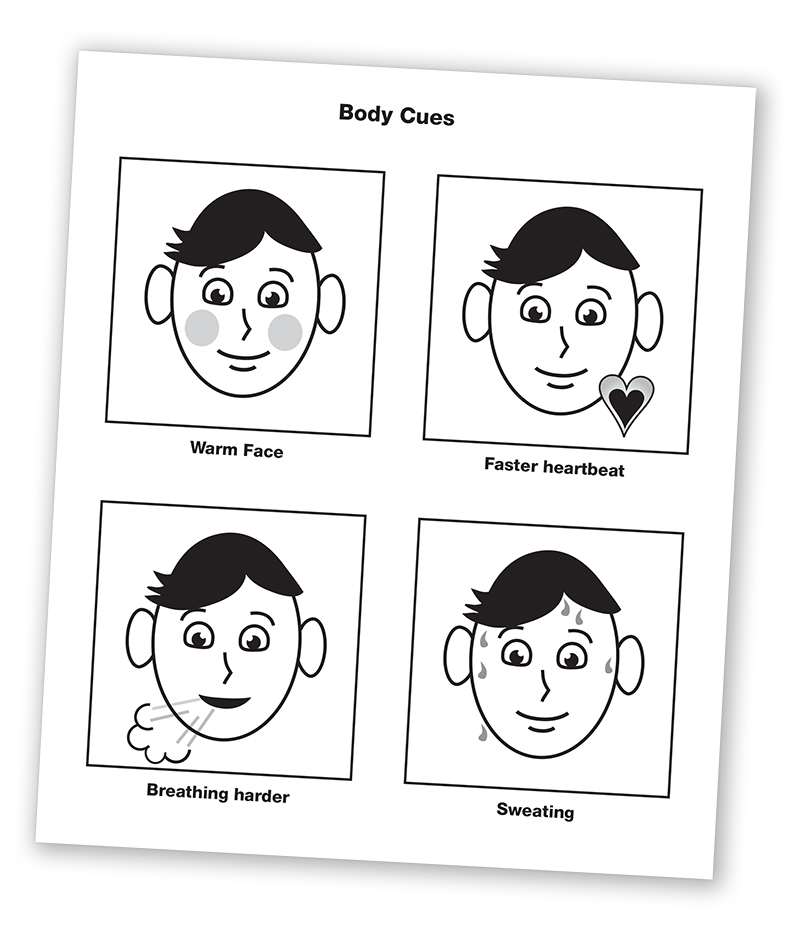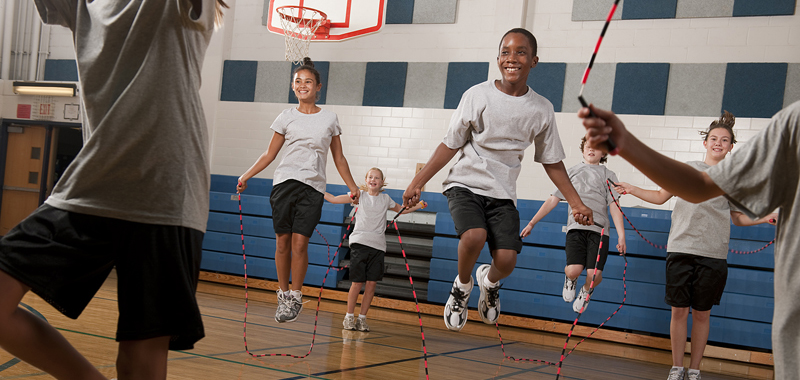October 4, 2021

One of the most effective and least disruptive ways to increase MVPA during the school day is to take advantage of every minute during PE class. CATCH PE Journeys helps schools do just that.
CATCH increases MVPA
During a randomized controlled trial including 96 schools in four states, CATCH increased the portion of PE class time spent in MVPA from 37% to 52%.
From 2014-2018, seven school districts in three states participated in SOFIT observations before and after implementing CATCH PE. Prior to CATCH, the average amount of PE class time spent in MVPA was 40% (52 PE classes observed). After implementing CATCH, 58% of PE class time was spent in MVPA (60 PE classes observed). Put another way, just 21% of PE classes were meeting the goal for 50% MVPA prior to CATCH PE training compared to 73% of classes after training.
See some of these MVPA success stories:
- Goose Creek CISD (Baytown, TX)
- Brownsville ISD (Brownsville, TX)
- Ysleta ISD (El Paso, TX)
- Jefferson Parish Public Schools (New Orleans, LA)

“Body Cues” handout teaches kids signs of MVPA: warm face, faster heartbeat, breathing harder, and sweating.
What is MVPA?
Moderate-to-Vigorous Physical Activity, or MVPA for short, is any activity that gets your heart beating faster and where your breathing becomes heavier. MVPA varies based on a person’s fitness level but for most kids is exercise at least as strenuous as a brisk walk or bicycle ride.
The CDC recommends that children and adolescents get at least 60 minutes of MVPA every day.
Why is MVPA important?
MVPA describes a level of activity at which there are known health and academic benefits.
MVPA performed regularly improves cardiorespiratory fitness, builds strong bones, helps control weight, and reduces the risk of developing health conditions like heart disease, cancer, type 2 diabetes, and anxiety and depression.
Kids who are physically active have better classroom behaviors and attendance, improved memory and concentration, and tend to get better grades than kids who are not physically active.
Only a quarter of U.S. teens meet the CDC’s guideline to perform one hour of MVPA every day.

How is MVPA measured?
You can monitor your own MVPA by paying attention to how you feel during exercise. On a 0-10 scale where 0 is “not at all tired” and 10 is “very, very tired”, moderate intensity exercise is a 5 or 6 and vigorous intensity exercise begins at 7 or 8. MVPA can also be measured using commercially available fitness monitors like pedometers and accelerometers.
In school settings, the System for Observing Fitness Instruction Time (SOFIT) is often used to measure the intensity of activity during PE classes. Every 20 seconds, a trained observer records the activity level – lying down, sitting, standing, walking, or vigorous – of a randomly selected student. Walking and vigorous activity qualify as MVPA. From these observations, the percentage of PE class time in which students are physically active is calculated.
MVPA in Physical Education classes
According to national PE guidelines, at least 50% of class time should be spent in MVPA. This can be trickier to achieve than you may think. Without the right tools, training, and conscious effort to maximize MVPA, it’s easy for students to be left sitting or standing for long periods. Administrative tasks, waiting for instruction, turn-taking, being “out” during elimination games, and so on all contribute to inactive time. In an analysis of 52 PE classes with teachers who had signed up for but not yet attended CATCH training, only 11 (21%) had achieved 50% class time in MVPA.

